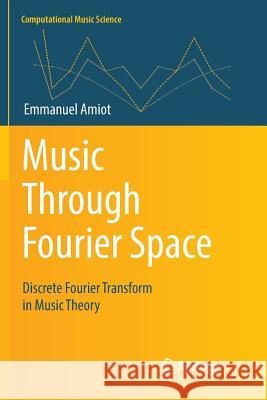Music Through Fourier Space: Discrete Fourier Transform in Music Theory » książka
topmenu
Music Through Fourier Space: Discrete Fourier Transform in Music Theory
ISBN-13: 9783319833231 / Angielski / Miękka / 2018 / 206 str.
Music Through Fourier Space: Discrete Fourier Transform in Music Theory
ISBN-13: 9783319833231 / Angielski / Miękka / 2018 / 206 str.
cena 192,74 zł
(netto: 183,56 VAT: 5%)
Najniższa cena z 30 dni: 191,40 zł
(netto: 183,56 VAT: 5%)
Najniższa cena z 30 dni: 191,40 zł
Termin realizacji zamówienia:
ok. 20 dni roboczych.
ok. 20 dni roboczych.
Darmowa dostawa!
Kategorie:
Kategorie BISAC:
Wydawca:
Springer
Seria wydawnicza:
Język:
Angielski
ISBN-13:
9783319833231
Rok wydania:
2018
Wydanie:
Softcover Repri
Ilość stron:
206
Waga:
0.32 kg
Wymiary:
23.39 x 15.6 x 1.19
Oprawa:
Miękka
Wolumenów:
01
Dodatkowe informacje:
Wydanie ilustrowane











